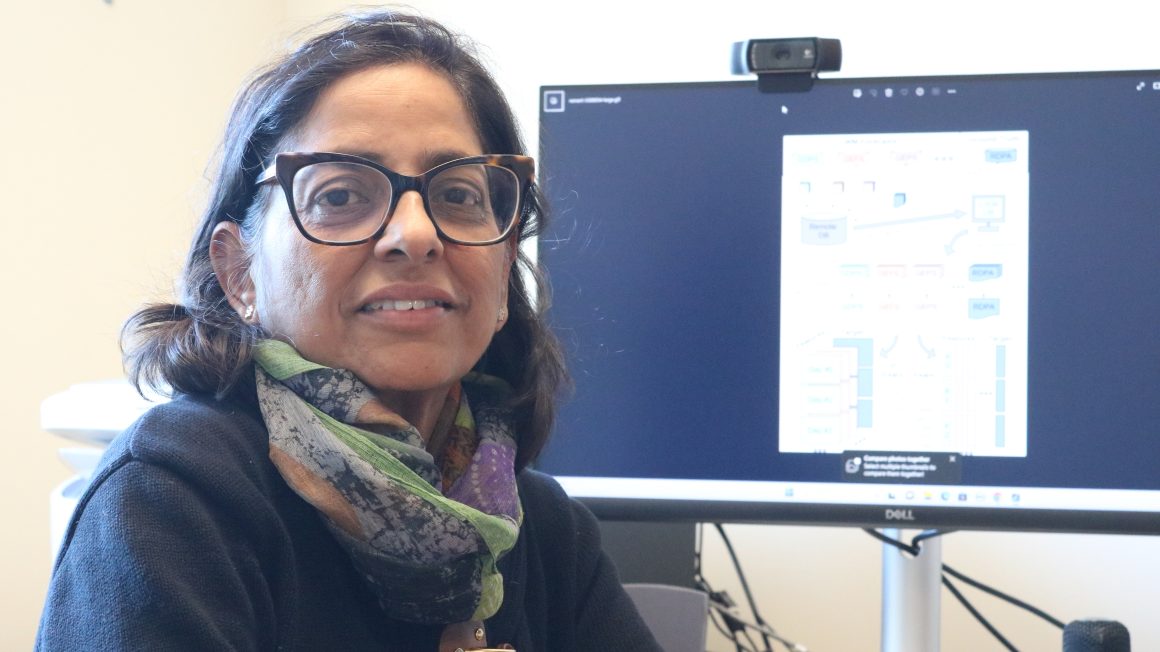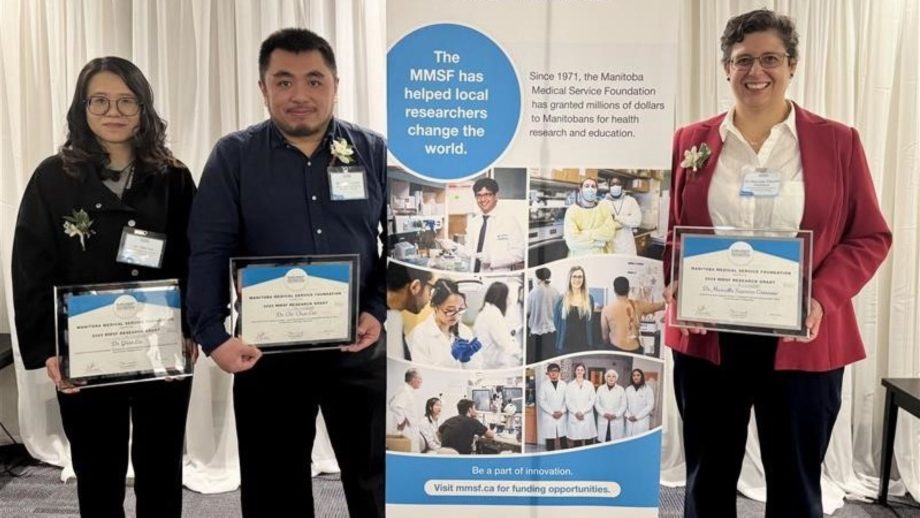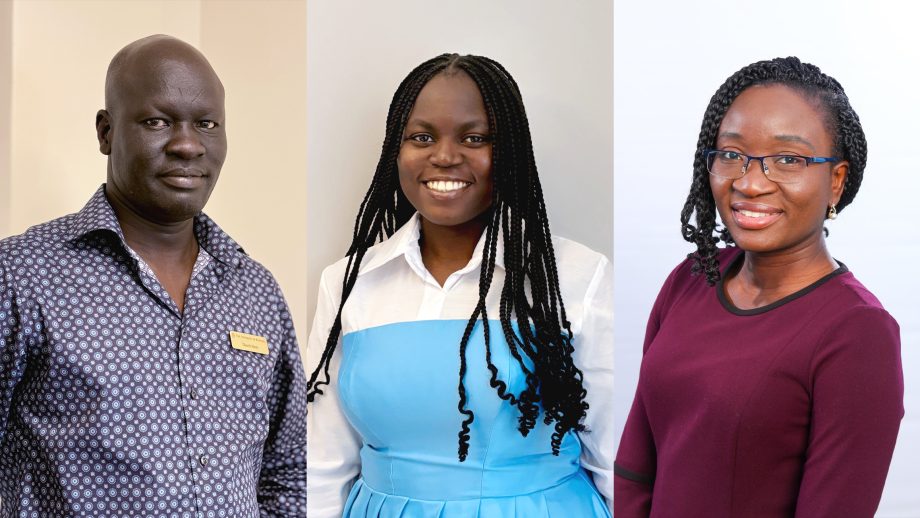A collaborative applied research project is harnessing machine learning to improve the accuracy of precipitation forecasts.
Dr. Sheela Ramanna, Professor in the Department of Applied Computer Science and Chair of The University of Winnipeg’s ACS Graduate Studies Program, and Scott Kehler, Chief Scientist and Co-founder of Winnipeg-based Weatherlogics Inc., led a team that undertook the research project, which was funded by a 12-month Alliance grant from the Natural Sciences and Engineering Research Council of Canada (NSERC).
This is by no means the end of it—it’s just the beginning.
Dr. Sheela Ramanna
Their paper, “Machine Learning Approaches to Improve North American Precipitation Forecasts,” was published this fall in IEEE Xplore, the open-access journal of the Institute of Electrical and Electronic Engineers.
Weatherlogics, a seven-year-old company that creates custom weather forecasts for private sector clients such as farmers and trucking companies, collected the data used in the study.
“A lot of what we do is apply weather data to specific industries, in a way that they can use the information more effectively,” Kehler explained.
He and Dr. Ramanna wanted to see how cutting-edge machine learning technology could be used to improve precipitation forecasts.
“It’s one of the most challenging weather-related variables to forecast,” Kehler said. “We wanted to see if machine learning was a way to outperform some of the existing forecasts that exist.”
Numerical weather prediction is a challenging task. Many variables change by the hour. In addition, machine learning software presents limitations, including an inherent trade-off between speed and performance.
“Some trained models may give very good performance but be very slow and require enormous amounts of data to train,” Dr. Ramanna said. “Others may be faster and efficient but not as accurate.”
She and Kehler strove for “a lightweight, deployable model” that struck a balance.
“Once you get it trained, all you have to do is feed in a new forecast in order to predict the precipitation amounts,” Dr. Ramanna, who specializes in machine learning and computational intelligence, said.
Many large tech companies build their own machine learning weather models from scratch. Kehler and Ramanna, however, took existing models available from government weather agencies and used machine learning to harmonize them into a super-forecast. The results were promising.
“We were able to achieve roughly 15 per cent improvement over using any individual model or even using the average of all of the existing models,” Kehler said.
The new approach replaces a simple average with a complex weighted average that more optimally combines forecasts.
“Machine learning is now so advanced and there are so many algorithms that can be applied, which take into account all kinds of scenarios and uncertainties in predicting. It’s a very interesting and exciting area,” Dr. Ramanna said. “This is by no means the end of it—it’s just the beginning.”
Applications are many
The real-world applications of the research are considerable. In addition to improving safety and preparedness for the general public, more accurate rain and snow forecasts are crucial for farmers, trucking businesses, shipping companies, and insurance firms.
Kehler said other aspects of weather prediction could benefit from this research, including thunderstorm prediction.
“They’re probably single most difficult weather phenomenon to predict, because they’re very, very small and they develop and dissipate very rapidly,” he explained.
Kehler said Weatherlogics has tested the new model against its existing forecasts, and may one day incorporate it into its products.
Machine learning is a natural fit in the weather forecasting world.
“Meteorologists are often confronted with a lot of data sets, and sometimes you need to combine all these data sets together,” Kehler explained. “For a human being to do that is sometimes very difficult to impossible because you’re dealing with so much information.”
With the support of an NSERC Engage grant, Kehler and Dr. Ramanna previously collaborated on research into using highway cameras and machine learning to predict road conditions (such as dry, snow, ice) using variables like windspeed and air temperature.
“Normally, road temperature is difficult to model because there aren’t a lot of sensors that measure that,” Kehler said. “Machine learning can solve the problem by taking existing data and determining how it would affect a road.”
One day machine learning could augment or even replace expensive environmental sensors that need to be continually maintained, saving time and money.






